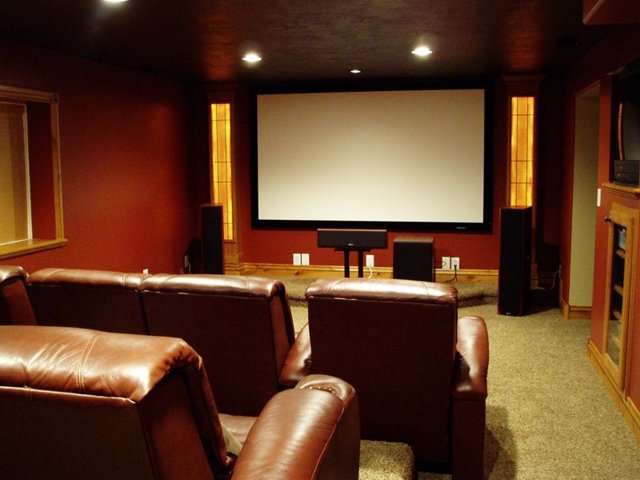Hard to believe, but Dolby Digital 5.1 surround sound has been with us now for 10 years. Ten years of five discrete full-range channels of digital sound plus one “bandwidth-limited” channel of bass sounds below 100 Hz. It first appeared in commercial movie houses in North America in 1992, with “Batman Returns,” and in short order, dts, with Spielberg backing and financing, found its place in commercial cinemas as well. Within a few years, both systems of digital 5.1-channel surround sound became established in thousands of cinemas around the world, and audiences were awed by the sweeping envelopment and extraordinary realism made possible by moving to a digital multi-channel medium.

Until Dolby Digital, there had been little change in movie sound for almost 20 years. Dolby Surround, an analog matrix system based on two stereo channels with a phase-inverted mono surround channel and a center dialog channel had been around since 1976. (A matrix uses phase-flipping to piggyback or encode extra information on top of two main stereo channels.) Consumer versions of Dolby Surround decoders kept home theater enthusiasts entertained well enough. Although the introduction of Dolby Pro Logic (DPL) dramatically improved the separation of the center channel from left and right mains by as much as 30 dB, as well as the front-to-rear separation by a similar amount, DPL was still based on a two-channel analog matrix. In fact, it was THX that invented the “decorrelation” of the surround channels that in effect created a kind of quasi-stereo signal from the mono surround. But DPL’s surround channels were still “band-limited,” with treble severely truncated above 7,500 Hz, and it remained a mono signal.
But the launch of DVD changed everything because it provided a high-quality digital medium that could digitally store not only all the video information but the six discrete digital channels that comprise the Dolby Digital and dts data stream. With proper decoding, consumers could simulate the cinema multi-channel experience in their living rooms with unprecedented accuracy. Moreover, DVDs could be mass-replicated inexpensively. The difference in sound quality between analog, matrix-based Dolby Pro Logic and Dolby Digital 5.1 was as dramatic as the difference between vinyl Lps and the CD. The improvement in fidelity, dynamics, and overall realism was immediately audible to anyone with normal hearing.
The turf war between Dolby Digital and dts in commercial movie theaters had been settled, with the majority of film distributors and studios releasing major film prints encoded with both systems. Eventually, Sony entered the commercial cinema market, with its SDDS digital multi-channel system. Movie exhibitors installed one or more of the systems (Dolby and dts have similar numbers of theater installations worldwide; Sony uses its own system in its theaters) and film prints were usually supplied encoded with all three systems.
Unfortunately for dts, however, the introduction of DVD mandated Dolby Digital as part of the DVD standard, with dts as an “optional” system available at the discretion of the DVD’s producer. This meant that any movie transferred to DVD had to carry a Dolby Digital soundtrack, with dts as an option. Dolby Digital, by the way, doesn’t always mean 5.1 channels. A DVD movie can be encoded in Dolby Digital mono or stereo, in which case a consumer decoder will decode it in Dolby Digital Pro Logic (or in ProLogic II, if your receiver is so equipped) or, with vintage re-releases, in Dolby Digital mono.
Dolby Labs recently introduced a further enhancement of Dolby Digital called Dolby Digital EX (or THX Surround EX), which in addition to the usual side surround channels adds a back (rear) surround channel that’s encoded using a matrix system like the “old” Dolby Pro Logic. Any receiver or processor that supports these formats also decodes DTS’s 6.1-channel version of EX, called DTS-ES. In the last year or so we’ve seen the introduction of Pro Logic II (DPL II) a much improved version of Dolby Pro Logic, which decodes Dolby Surround soundtracks in a manner that brings them remarkably close to true Dolby Digital. (I wrote in detail on DPL II in the April issue of the Axiom AudioFile; go to axiomaudio.com/archives). DTS’s version of DPL II is Neo:6; it is very similar and, like DPL II, creates surprisingly natural-sounding multi-channel playback from conventional stereo compact discs or other 2-channel sources.
I’ll save the explanations of the new multi-channel audio surround formats—DVD-Audio and Sony’s Super Audio CD (SACD)—for an upcoming AudioFile.





